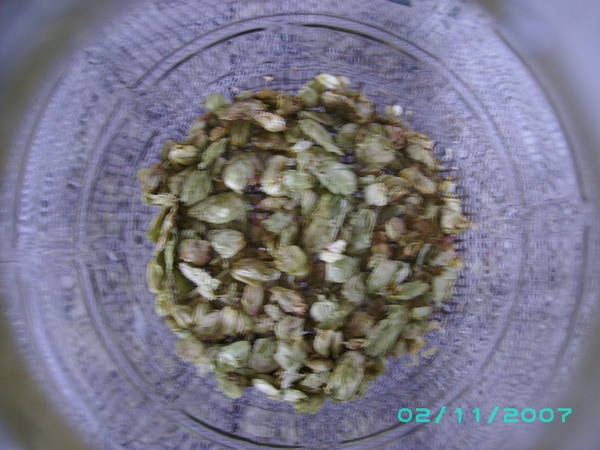Mapleroots
Well-Known Member
Here is the recipe:
5 pounds second row
2 pounds caramel crystal malt-45
2 pounds white wheat
1 pound oats
1/2 pound rice hulls
Mash in @ 160*f and bring down to 150* let stand for 1 hour.
mash out and batch sparge @ 180*
1oz centennial @ 60 min.
1oz pacific gem. @ 30 min.
add Anise seed For 5 min.
1oz centennial+1oz Pacific Gem. Dry hop in primary
PH 5.0
1.050 Sp.
7% Pa.
13% sugar
5 pounds second row
2 pounds caramel crystal malt-45
2 pounds white wheat
1 pound oats
1/2 pound rice hulls
Mash in @ 160*f and bring down to 150* let stand for 1 hour.
mash out and batch sparge @ 180*
1oz centennial @ 60 min.
1oz pacific gem. @ 30 min.
add Anise seed For 5 min.
1oz centennial+1oz Pacific Gem. Dry hop in primary
PH 5.0
1.050 Sp.
7% Pa.
13% sugar








